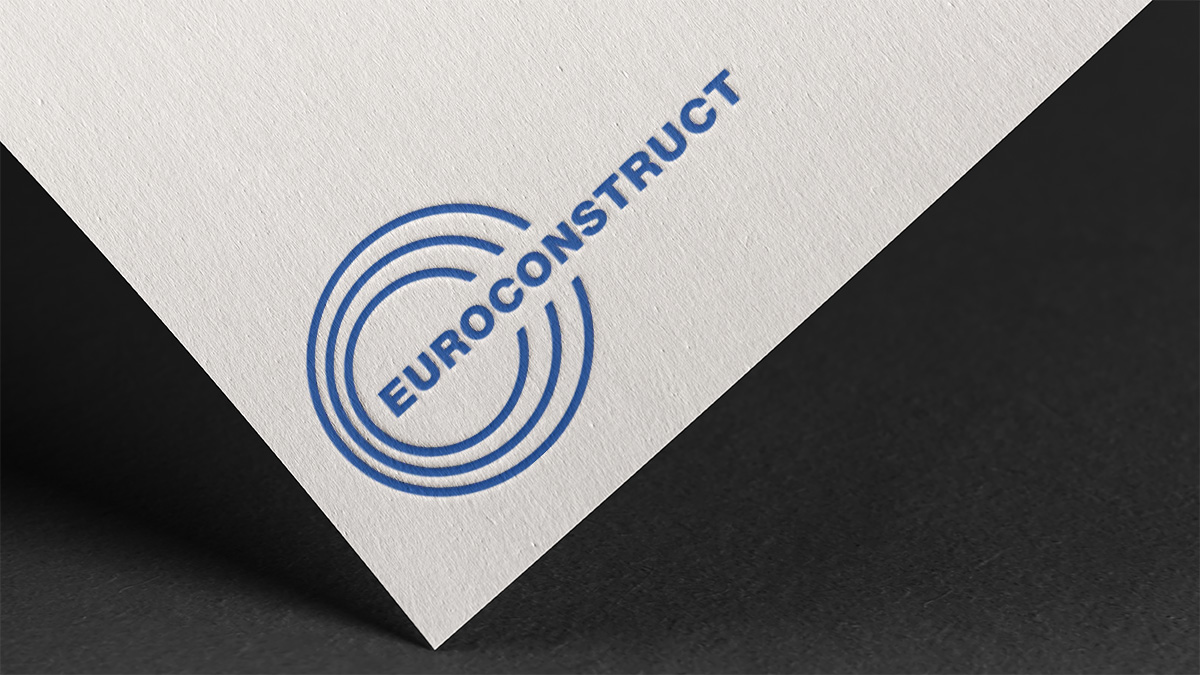
The exorbitantly high rates of price increases for construction services as a result of the Corona and Ukraine crises have noticeably reduced the meaningfulness of nominal market developments. This can also be seen for construction investments in Germany. On the one hand, these are likely to increase nominally by 102 billion euros in the period 2021-23. However, this growth is almost entirely due to higher prices. In real terms, only a plus of 3 billion euros remains.
The surprisingly strong recovery in demand after the initial Corona shock in the spring of 2020 and the considerable problems in global container shipping have caused quite a stir in the supply of building materials in 2021, and not only in Germany. This was accompanied by a sharp rise in the price of numerous materials, which was in turn successively passed on to the clients by the construction companies, but mostly not in full. Actually, the signs had been pointing to an easing of the situation since mid-2021. From March 2022 onwards, however, German construction companies increasingly complained about construction hindrances due to material shortages caused by the consequences of the Ukraine war. At the peak, the supply problems were more dramatic than in the previous year. The construction companies were again forced to pass on the costs to the builders or to actually renegotiate because the suppliers no longer even wanted to guarantee the sales prices at the time of ordering.
“From the nominal growth of 102 billion euros in construction in the period 2021-23, only 3 billion euros will remain in real terms.”
ABOUT THE AUTHOR
Ludwig Dorffmeister
ifo Institute
Ludwig Dorffmeister, industry specialist at the Munich-based ifo Institute, has been monitoring the construction sector in Germany for about one and a half decades now. For the market analysis, he can, among others, draw on a large number of in-house survey results.
ABOUT THE AUTHOR
Ludwig Dorffmeister
ifo Institute
Ludwig Dorffmeister, industry specialist at the Munich-based ifo Institute, has been monitoring the construction sector in Germany for about one and a half decades now. For the market analysis, he can, among others, draw on a large number of in-house survey results.
